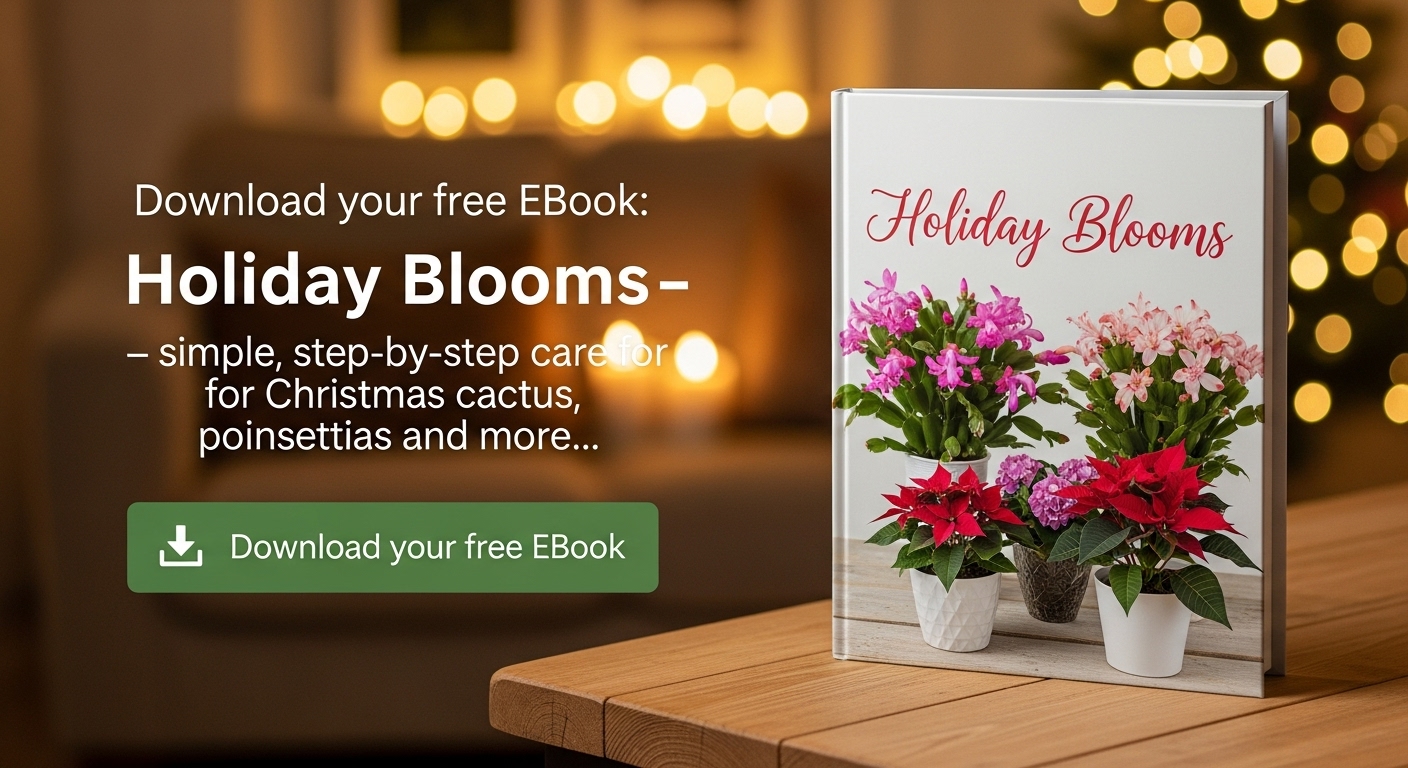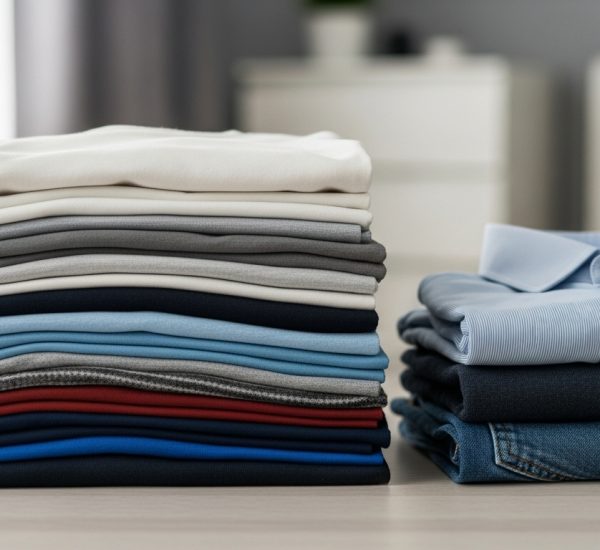Pillows are one of the most important elements for a good night’s sleep. They cradle our heads for hours each night, and yet, they’re often one of the most neglected items when it comes to regular cleaning. Over time, pillows tend to lose their brightness, turning yellowish and dull. They also absorb sweat, oils, and dirt from our skin and hair, which leads to stains and unpleasant odors. But the issue isn’t just aesthetic—inside, pillows can become a breeding ground for dust mites and bacteria that can negatively affect your health and skin.
If your once-white pillows now look aged and dingy, don’t worry. You don’t need to throw them away or rely on harsh chemical detergents to bring them back to life. With a few simple household ingredients, you can make your pillows look and feel as fresh as new. Here’s a complete, step-by-step guide to deep-cleaning and disinfecting your pillows naturally.
Why Pillows Turn Yellow Over Time
Before we dive into the cleaning methods, let’s understand what causes that unsightly yellowing. Every night, your pillow absorbs moisture from sweat, saliva, and natural oils from your hair and skin. Over time, these substances penetrate through the pillowcase and leave stubborn stains. Add to that environmental dust and humidity, and your pillow becomes the perfect environment for bacteria and mites to thrive.
Even frequent washing of pillowcases doesn’t solve the problem because the fabric doesn’t fully block these particles from seeping inside. As a result, the filling itself becomes contaminated, reducing the pillow’s freshness and potentially irritating sensitive skin.
Cleaning your pillows at least once a month helps maintain not only their appearance but also your overall hygiene and quality of sleep.
Four Natural Methods to Whiten and Sanitize Your Pillows
Below are four easy, chemical-free cleaning tricks that will restore your pillows’ brightness and softness while eliminating harmful microbes. Each method uses common ingredients you probably already have in your kitchen.
1. Baking Soda and White Vinegar: The Classic Deep Clean
This tried-and-true combination is one of the most effective natural cleaners for removing stains and odors. Baking soda acts as a gentle whitener and deodorizer, while vinegar dissolves residue and kills bacteria. Studies from the University of Iowa confirm its cleaning and softening properties.
What you’ll need:
-
80 grams (about ½ cup) of baking soda
-
125 ml (½ cup) of white vinegar
How to use it:
-
Place your pillows inside the washing machine.
-
Add the baking soda directly into the drum and pour the vinegar into the detergent compartment.
-
Run a full cycle with warm water.
-
Once the wash is complete, let the pillows dry thoroughly in the sun to ensure they regain their fluff and freshness.
The sunlight will naturally help whiten the fabric and eliminate any remaining moisture or bacteria.
2. Lemon Juice and Hot Water: The Natural Bleach Alternative
Lemon juice is known for its powerful antibacterial and whitening effects, making it perfect for restoring the natural brightness of fabrics. The citric acid in lemons works like a gentle bleach—without the harmful effects of chlorine-based products.
What you’ll need:
-
Juice from 6 lemons
-
10 cups of hot water
How to use it:
-
Boil the water in a large pot or kettle.
-
Once it reaches a rolling boil, turn off the heat and pour in the lemon juice.
-
Pour the mixture into a basin large enough to submerge your pillow.
-
Soak the pillow completely in the hot lemon solution for about 2 hours.
-
After soaking, rinse the pillow thoroughly with clean water.
-
Lay it out in the sun until it is fully dry.
The result will be a pillow that looks visibly whiter and smells delightfully fresh, thanks to the lemon’s natural fragrance.
3. Baking Soda and Tea Tree Oil: The Antibacterial Power Duo
If you’re concerned about germs and allergens, this method is perfect. Tea tree oil (also known as melaleuca oil) is a natural antiseptic and antifungal agent that, when combined with baking soda, creates a powerful cleaning paste.
What you’ll need:
-
80 grams (about ½ cup) of baking soda
-
10 drops of tea tree essential oil
How to use it:
-
Mix the baking soda and tea tree oil in a small bowl until it forms a fine, crumbly paste.
-
Apply the mixture directly to the yellow stains on your pillow.
-
Let it sit for about 45 minutes so it can absorb grease, sweat, and odors.
-
Rinse the pillow well with warm water.
-
Leave it in direct sunlight to dry completely.
This treatment not only whitens the pillow but also eliminates bacteria and mites, leaving it sanitized and gently scented.
4. Lemon Juice and Hydrogen Peroxide: The Ultimate Disinfectant Mix
If your pillows are heavily stained or have a strong odor, this combination offers a more intensive cleaning solution. Hydrogen peroxide is a natural disinfectant often used for whitening fabrics and removing tough stains, while lemon juice boosts its effectiveness.
What you’ll need:
-
125 ml (½ cup) of lemon juice
-
250 ml (1 cup) of hydrogen peroxide
How to use it:
-
Fill a large basin with hot water.
-
Add the lemon juice and hydrogen peroxide to the basin and stir.
-
Immerse your pillow completely and let it soak for about 1 hour.
-
Rinse thoroughly with clean water.
-
Place the pillow under direct sunlight to dry.
Not only will this method eliminate sweat stains and odors, but it will also kill mites and bacteria lurking inside the filling. Your pillow will look noticeably cleaner and smell crisp and fresh.
Tips for Maintaining Clean, Fresh Pillows
To extend the results of your deep cleaning, here are some simple preventive measures you can adopt:
-
Use pillow protectors: These removable covers add an extra layer of protection against sweat and dust.
-
Air your pillows regularly: Exposing them to sunlight every few weeks helps prevent moisture buildup and kills bacteria naturally.
-
Wash pillowcases weekly: This prevents oils and dirt from seeping into the pillow.
-
Avoid sleeping with wet hair: Moisture contributes to yellowing and encourages mold growth.
In Conclusion
You don’t need harsh detergents or expensive cleaning products to make your pillows look brand new again. With natural ingredients like baking soda, vinegar, lemon, and tea tree oil, you can easily restore their color, eliminate bacteria, and enjoy a healthier sleeping environment.
These four DIY cleaning methods are simple, affordable, and eco-friendly — and the best part is, they really work. So, the next time you notice yellow stains or a musty smell, try one of these natural remedies. After a single treatment, your pillows will feel fresh, smell clean, and look as white as the day you bought them — giving you the perfect, hygienic rest you deserve every night.




